My mother, (age 66), my self (42,) and my daughter (18) all went snorkeling together we had an awesome time. The guides were funny and had a lot of information. They...
In September 13, 2024In the deepest parts of the ocean, where light barely reaches and the pressure crushes anything not built to withstand it, live creatures that defy logic and imagination. Many of these fish look like something straight out of a science fiction movie: translucent bodies, impossible jaws, bioluminescent organs, eyes that capture even the faintest spark of light… These are species most humans have never seen in person, but they truly exist on our planet.
In this blog, we’ll explore some of the strangest fish out there, tell you where they live, and—if that weren’t enough—reveal whether it’s possible to spot some of these extraordinary beings in one of the world’s most visited tourist destinations: Cancún.
The black sea devil is probably the most iconic of the terrifying, bizarre deep-sea fish. This deep-dweller is known for its jaw full of sharp teeth and a glowing lure (called an esca) that hangs over its head to attract prey—like a built-in fishing rod.
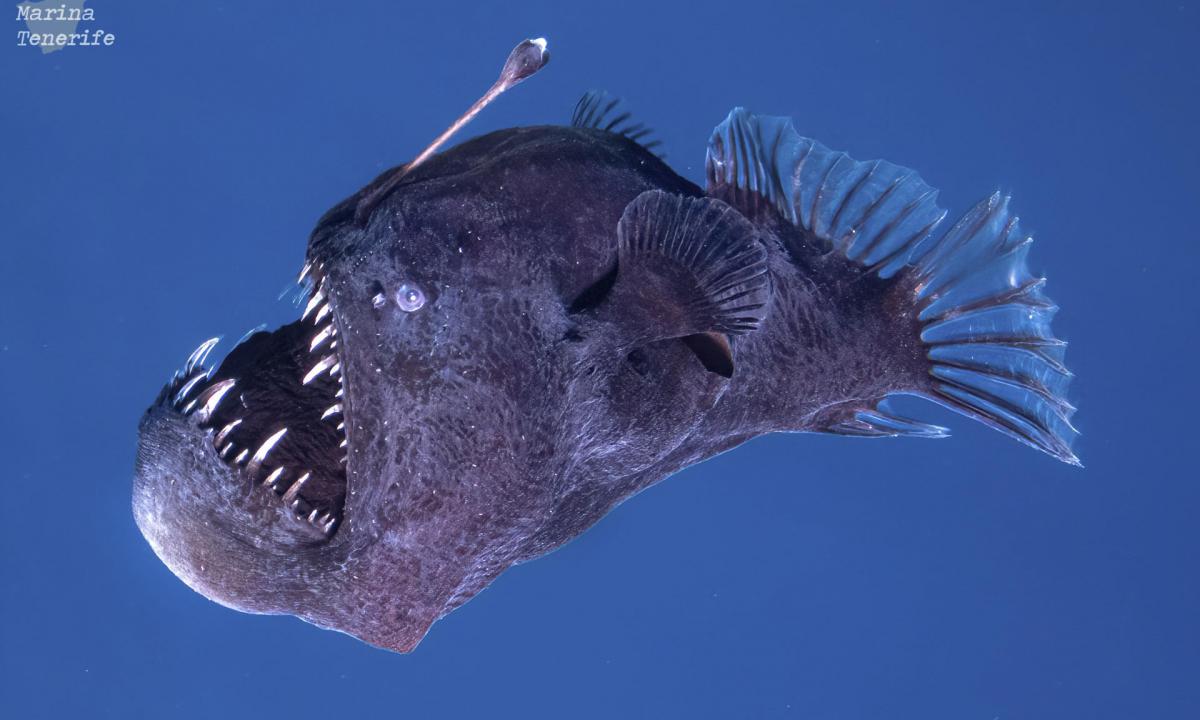
Named the “ugliest animal in the world” in 2013, the blobfish only looks odd because it loses its shape outside of water. In its natural deep-sea environment, it has a much more typical appearance. Its body is adapted to the high pressures of the deep, which gives it that jelly-like look when out of the water.
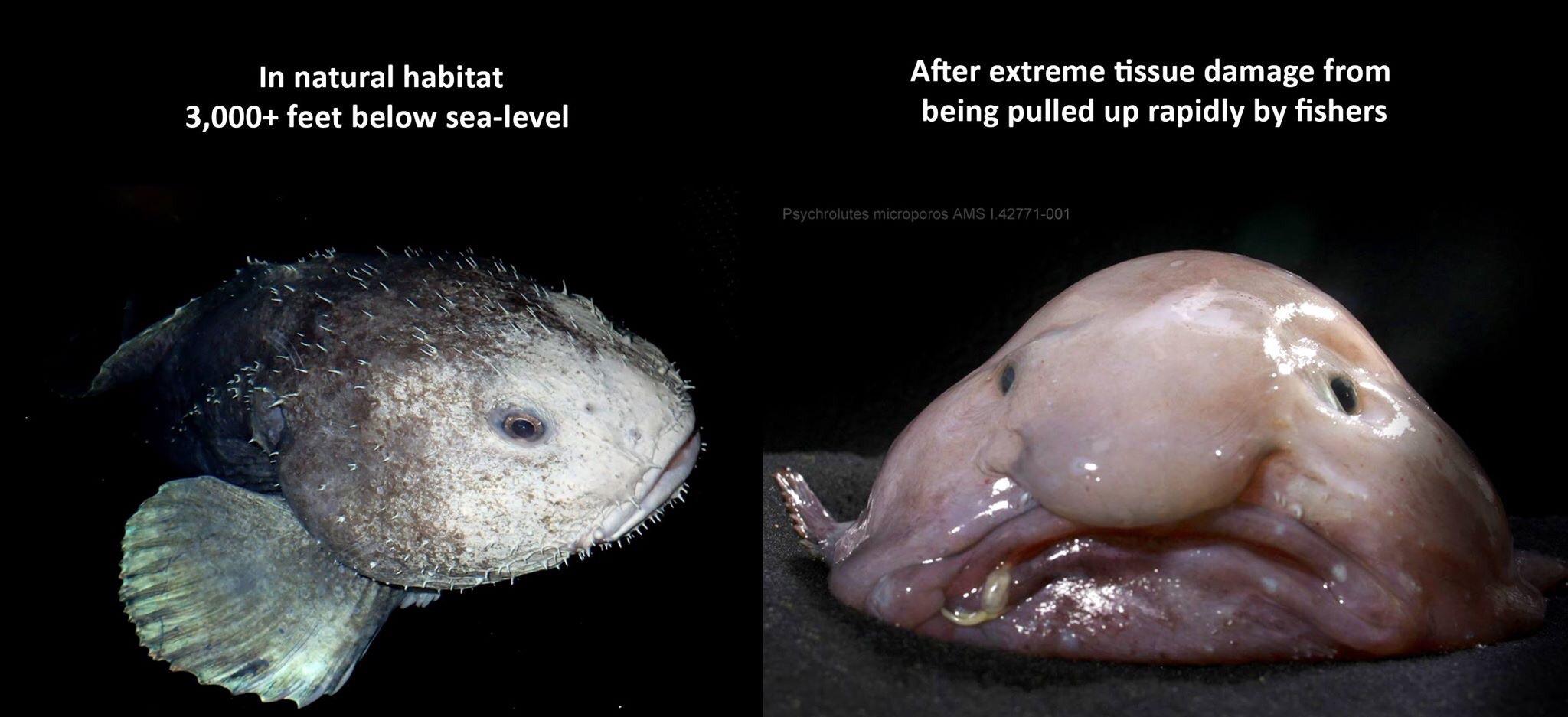
The dragonfish is a master of invisibility. Its body is dark, its scales reflect little to no light, and many species have bioluminescent organs they use to hunt and communicate.
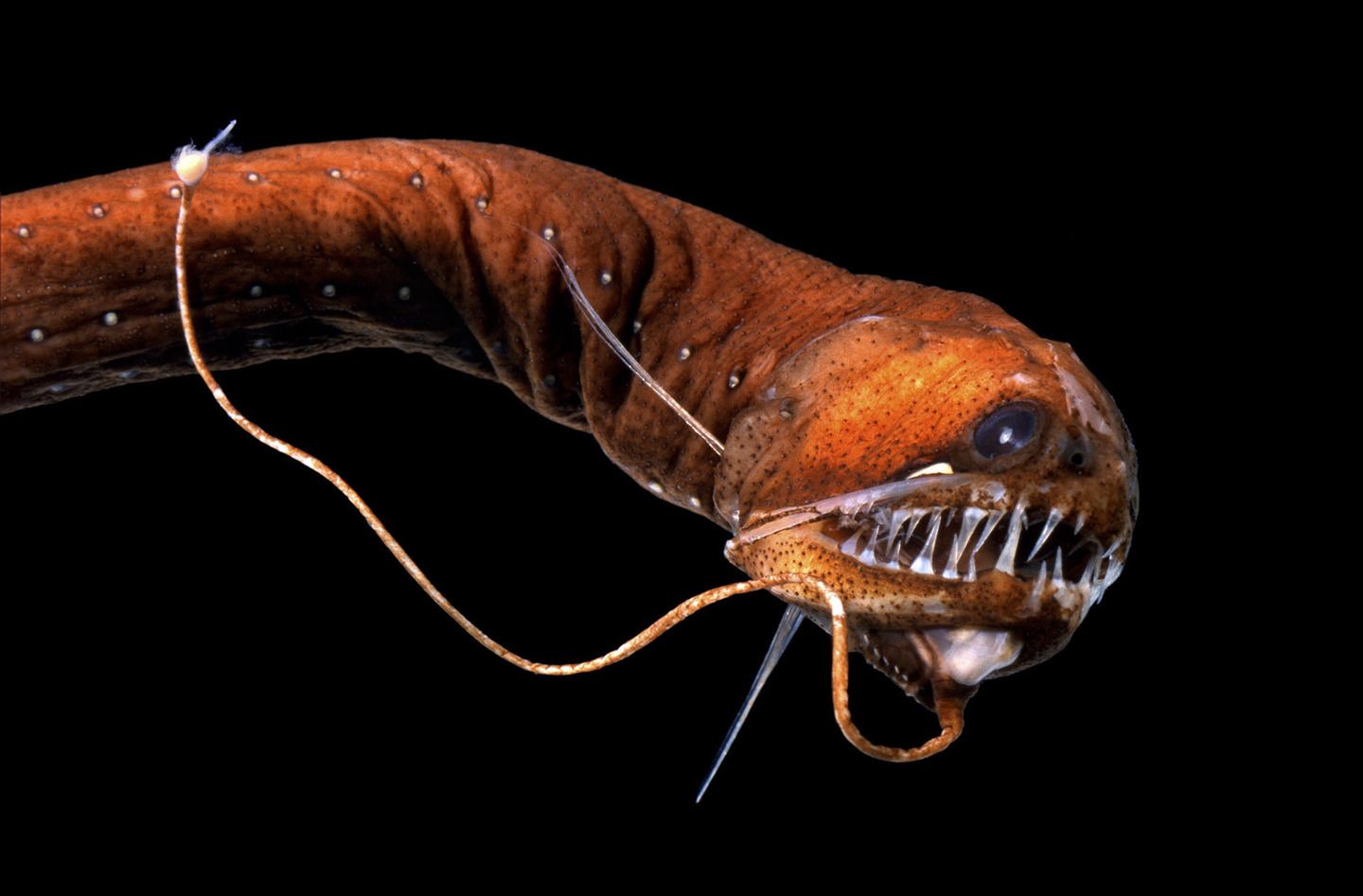
Named for its hatchet-shaped body and silvery appearance, this small fish looks like a living jewel. Some species have light-producing organs (photophores) along their bellies, which help them blend in with the dim light from above.
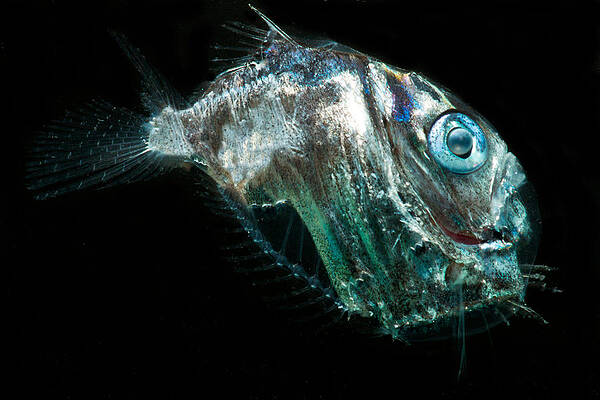
The Mola mola, or ocean sunfish, is the heaviest bony fish in the world. It looks like a flying saucer with fins and usually swims near the surface, making it more accessible than others on this list.
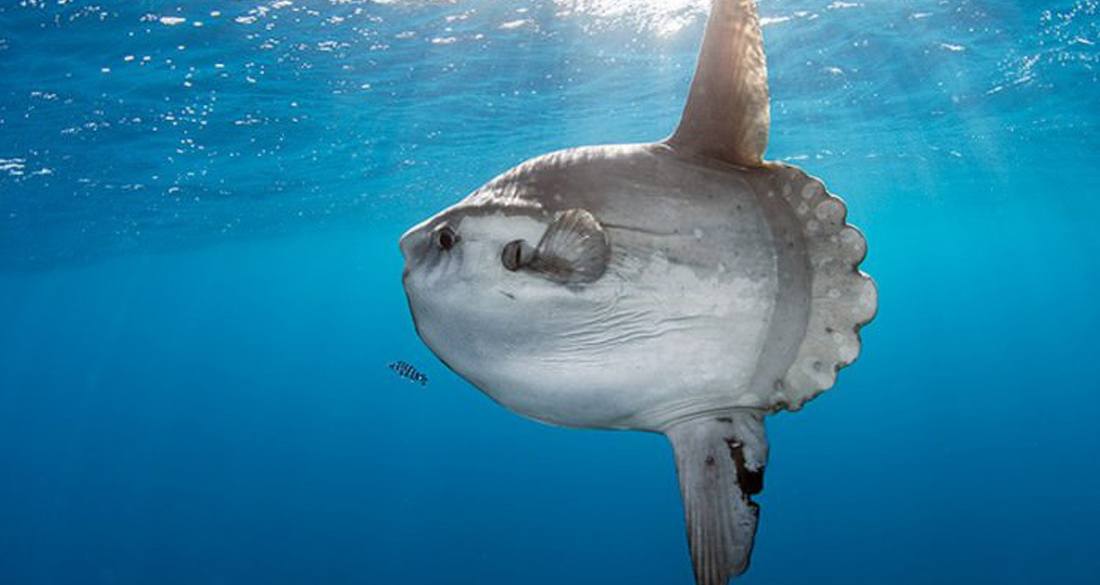
This fish has a flattened body, fin-like limbs that it uses to “walk” on the seafloor, and bright red lips that look like they were painted with lipstick.
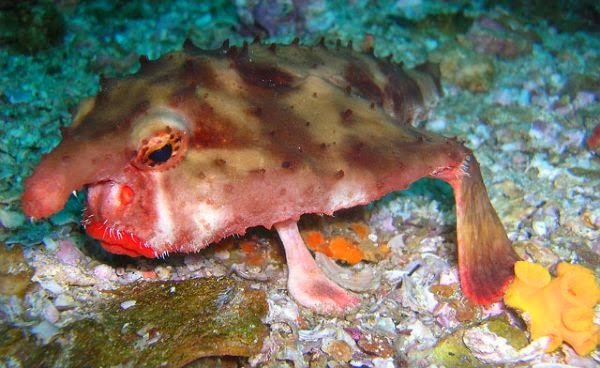
This colorful fish gets its name from a prominent horn that sticks out from its forehead—like a real underwater unicorn. Unlike many deep-sea fish, it lives in shallower waters and is popular in aquariums for its unique appearance.
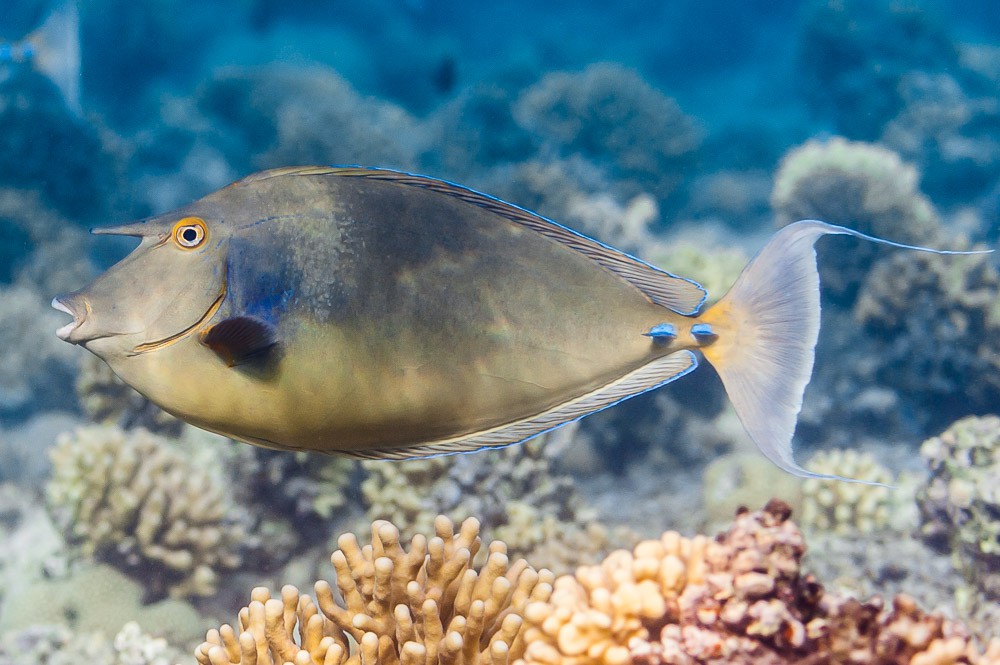
With an angular body and two prominent horns on its head, this fish looks like a cross between a pufferfish and an alien box. It can release toxins when threatened.
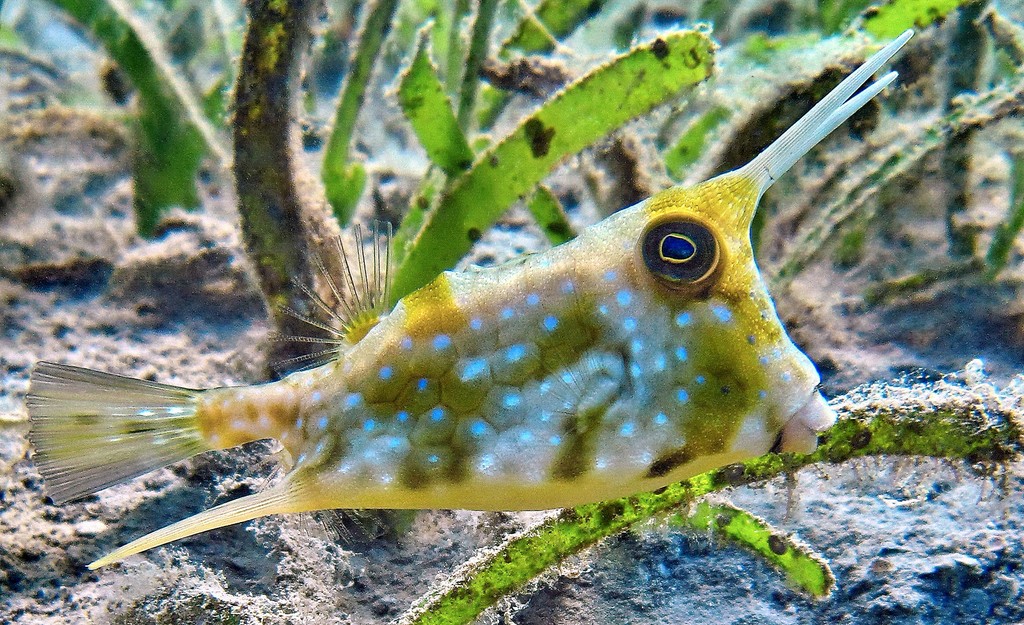
This camouflage expert can change its color and completely blend into its surroundings. Some resemble sponges, corals, or even algae-covered rocks. It has a natural “lure” to attract prey.
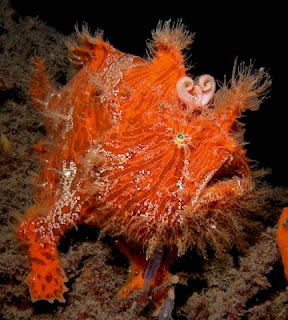
These small fish live in the ocean’s twilight zone and have light-producing organs. They make up one of the largest fish biomasses in the world. Their name comes from the photophores that resemble lanterns.
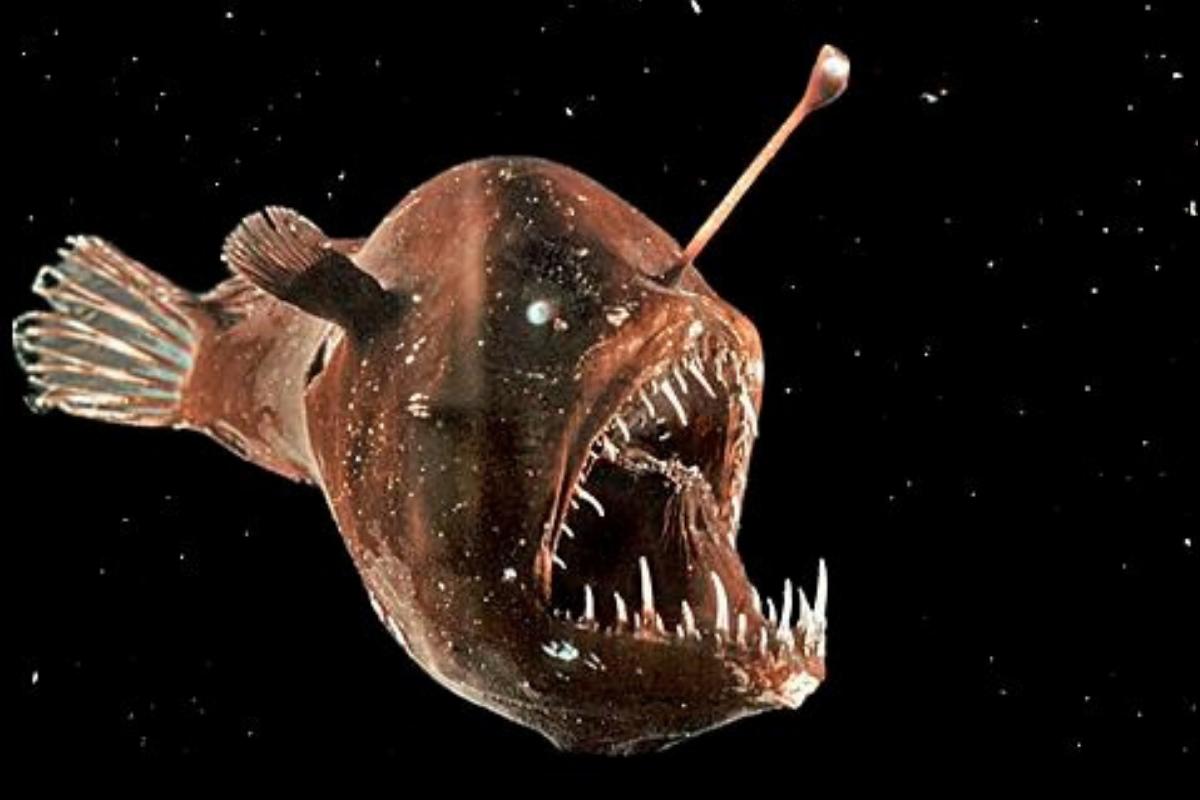
Absolutely! While many of the most exotic fish live in deep, hard-to-reach areas, Cancún is home to several exotic, colorful, and otherworldly species that seem like they’re from another planet. Some examples you might spot while snorkeling or diving:
If you visit places like Puerto Morelos National Reef Park, Xcalak, Mahahual, or the reefs off Cozumel, you’ll have the chance to see some of these creatures in their natural habitat.
The marine world remains one of the great mysteries of planet Earth. It's estimated that over 80% of the ocean is still unexplored, which means we may have only scratched the surface of what’s out there. Fish that look like they're from another planet aren't science fiction—they're real, living science, swimming in our own waters.
So next time you dip your head underwater with a snorkel, remember: you might be staring straight at a creature you'd otherwise only see in your dreams—or in a sci-fi movie.
Did you like reading us? Keep the conversation going on social media, share and follow us:
Facebook: Facebook
Instagram: Cancun Snorkeling (@cancunsnorkeling_) • Fotos y videos de Instagram
TikTok: Cancun Snorkeling (@cancun.snorkeling) | TikTok
My mother, (age 66), my self (42,) and my daughter (18) all went snorkeling together we had an awesome time. The guides were funny and had a lot of information. They...
In September 13, 2024Luis and the other tour guide (can’t remember the name sorry) were very nice and patient with everyone. They kept checking in on everyone to make sure no one got left...
In June 06, 2024Easy to get picked up and a great time snorkeling out in Puerto Morelos! Our guide and coral...
In April 25, 2024Our tour guides - Luis and Jesus - were amazing. They were very kind, patient and great at guiding us through the reefs. They would point out large aquatic life and...
In April 11, 2024We took our family of 9 on a snorkel trip with this company and had the best time! Our guides were super friendly and you could tell they love what they...
In February 29, 2024Our guides were amazing and definitely had a great time. I would recommend this to all my family and friends....
In February 29, 2024An amazing time seeing the reef! The staff were incredibly helpful and quick to point out...
In February 23, 2024The guides were great. Good time, had by all...
In February 22, 2024I have snorkeled at many locations, and this one near Puerto Morelos y undoubtedly one of the bests. Highly recommend...
In December 08, 2023They did an excellent job of taking care of everyone when we went snorkeling....
In December 03, 2023